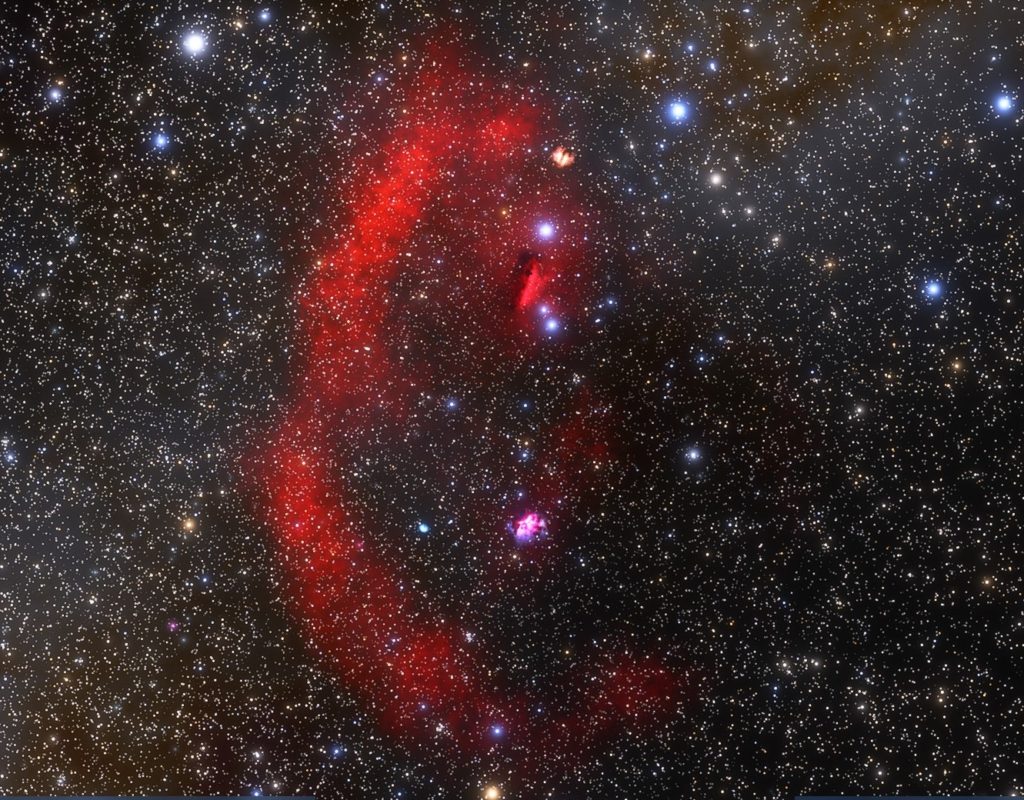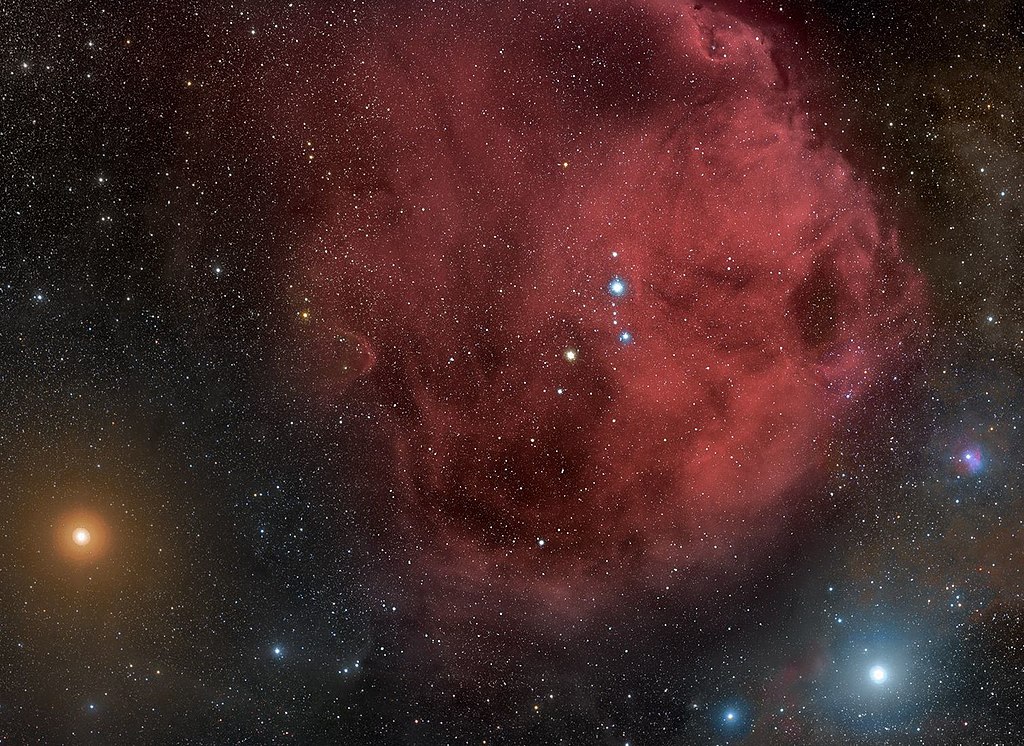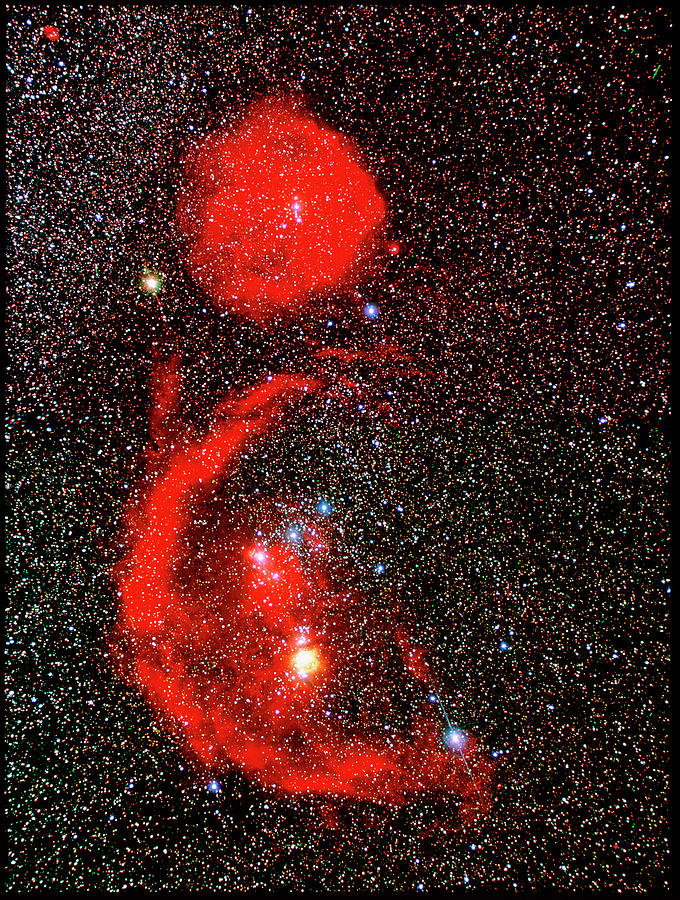
Before you wonder, no, it isn’t a rollercoaster named Barnard, more of an arc really. But it ain’t no rollercoaster.
It is an emission nebula (A cloud of ionisied gases and emits light at various wavelengths) estimated to be either 500 light or over a 1000 light years away from the Solar System set in within the constellation of Orion, and is either 50 or 150 lightyears in radius. It is a rather unique gas cloud as it is part of the Orion Complex, which is a cloud group of other star-forming nebulae, most notably Orion, and other minor ones such as the Flame and Running Man. The dark Horsehead nebula is a part of it as well.
Discovered by E.E. Barnard, a pioneer in astrophotography. He had a description of it published in 1894, despite that many others have seen it before him, even William Herschel. It was Barnard who took a photograph and brought it to attention, and thus, officially documented under his name.
Many have considered the nebula’s origin emanated from a supernova that had happened 2 million years ago.

Another nebula that is part of this assortment collection is the Meissa Ring, also known as Lambda Orionis, located near the loop. It is seen to be the head of Orion, the Hunter. At its centre is a dominant O class star with a B class companion (very hot stars), making it a double star system.
See Stellar Classification for further details.

This small area of space, which is quite far yes, however, compared to other nebulae across the galaxy that are thousands or tens of thousands of light years away from us, it is relatively close and a prime example of stellar creation. Perhaps one day, if someone or some group discovers the magic that allows us to zip around space and survive in such environments; this’ll be a place for us to witness and study.
For now we’re left to wonder…

Back to Home
